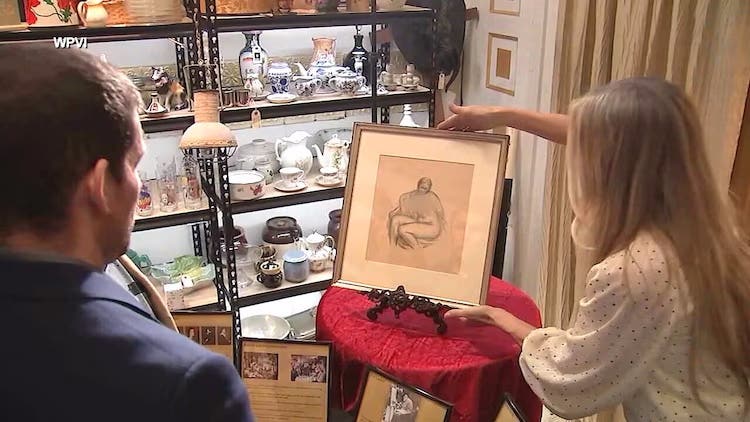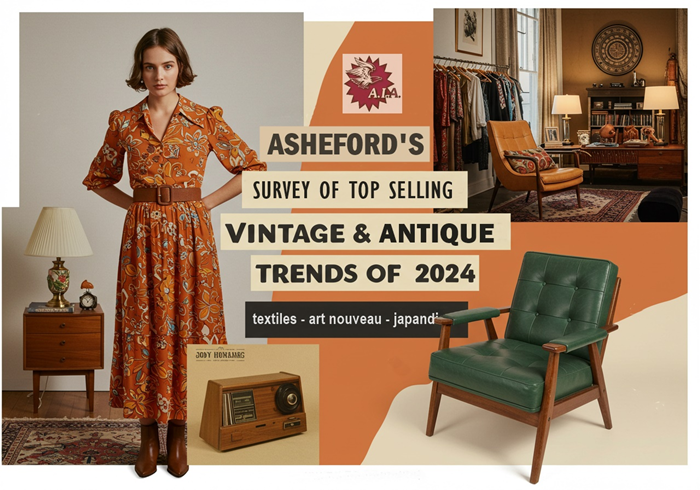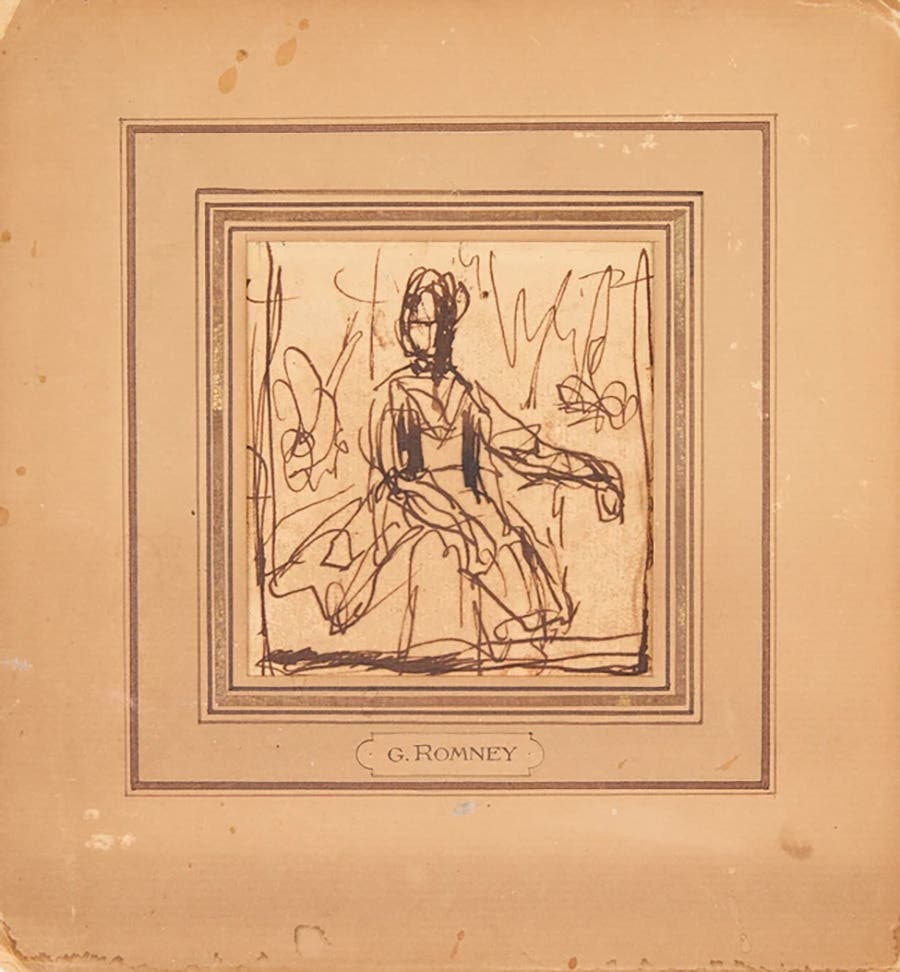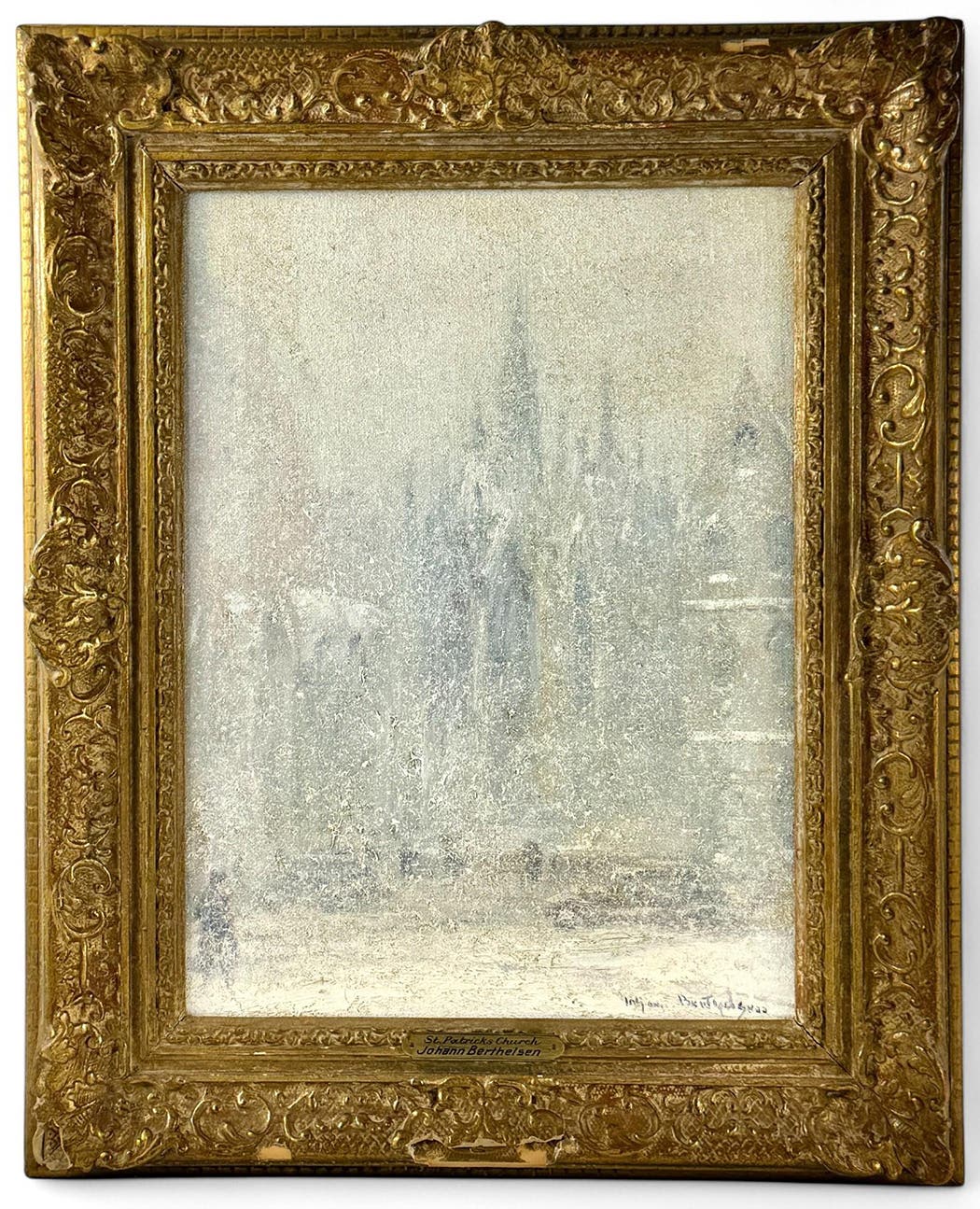Appraisals: Glass inserts give epergne its value
Complimentary antique appraisals (for entertainment purposes only) from the Antique Trader staff of appraisers is a service reserved exclusively for Antique Trader magazine subscribers. But that doesn’t mean you can’t learn from recent appraisals.
By Dr. George Marchelos
Appraisal Inquiry:
I have this piece that’s mark 21 April 1865 and I’m trying to figure out what it is. Can you help me?
- W.M.
Appraisal:
W. M. has sent photos of an item he wants identified. The item is an epergne with two lavender glass inserts. It has a foliate design and probably was silver plate when new in 1865. These were used as center pieces on the table and could be used to hold sweetmeats, flowers, etc., as part of the decoration for a meal. The date and inscription indicate this epergne was a gift or had a special significance at the time.
Epergnes have a long history going back to France and were usually silver, although silver plate, pewter and spelter were also used. We do not know the size but because most epergnes had more arms, as many as seven or more, it is rather small and plain. In the United States most were made in Meriden, Connecticut or surrounding area but there were many companies involved in making this type of wares. It is just as likely the piece is from the UK but we would have to examine it closely to know. The condition is that of a piece used often and roughly. As is, it would probably sell for $135, mainly because of the quality of the glass inserts. They should be examined to see if they were hand blown, which may be the case.
Appraisal Inquiry:
Please help me identify what this is and how old it might be. Does it have any value? Thank you.
- R.L.
Appraisal:
R.L. has sent photos of an item he wants identified. We do not know the size. This is a push knife. It is hand forged from wrought iron which still has quite a bit of carbon so it is fairly soft compared to steel. We do not know the age. Many hobbyists still make similar items and there is even a show on TV about hand-forged items made in the fashion of the past.
That said, it is probably from the 19th century or earlier and would have been used in the butcher trade. Smaller examples were carried for defense by individuals, mainly in Europe, which is probably where this example originated. Its use was primarily for slaughtering of animals.
If original, and knowing its history and provenance, would add to its value. The origin, length of time owned, where obtained, etc., would increase value. As a possible old artifact it should bring $200 or more, if more information is known.
AntiqueTrader.com is a participant in the Amazon Services LLC Associates Program, an affiliate advertising program designed to provide a means for sites to earn advertising fees by advertising and linking to Amazon.com and affiliated websites.








